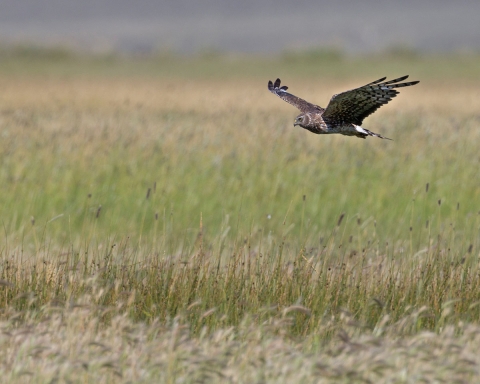What We Do
Wildlife conservation is at the heart of the National Wildlife Refuge System. It drives everything we do on these lands and waters and is managed as a part of the larger Refuge System. The mission of wildlife conservation and protection to the recreational activities offered to the resource management tools used. Using conservation best practices, the Refuge System manages national wildlife refuge national wildlife refuge
A national wildlife refuge is typically a contiguous area of land and water managed by the U.S. Fish and Wildlife Service for the conservation and, where appropriate, restoration of fish, wildlife and plant resources and their habitats for the benefit of present and future generations of Americans.
Learn more about national wildlife refuge lands and waters to help ensure the survival of native wildlife species.
Grasslands cover the majority of the Refuge. There are over 720 species of native grasses that can be found in the sandhills region. Some of the grasses that you may encounter while on the refuge are bluestem, switchgrass, Indian grass, needle and thread, and grammas. Wildflowers such as milkweed, sunflowers, coneflowers, cacti and lead plants are also on the refuge.
Wetlands cover approximately 370 acres and provide important water sources for wildlife. There are two creeks which run through the Refuge, Bloody and Skull Creek. Bloody Creek, which flows year round when the groundwater is high, cuts across the ranch for 1.25 miles. Skull Creek, a larger stream that flows year-round, flows across one-half mile of the western portion of the Refuge and empties into the Calamus River.


